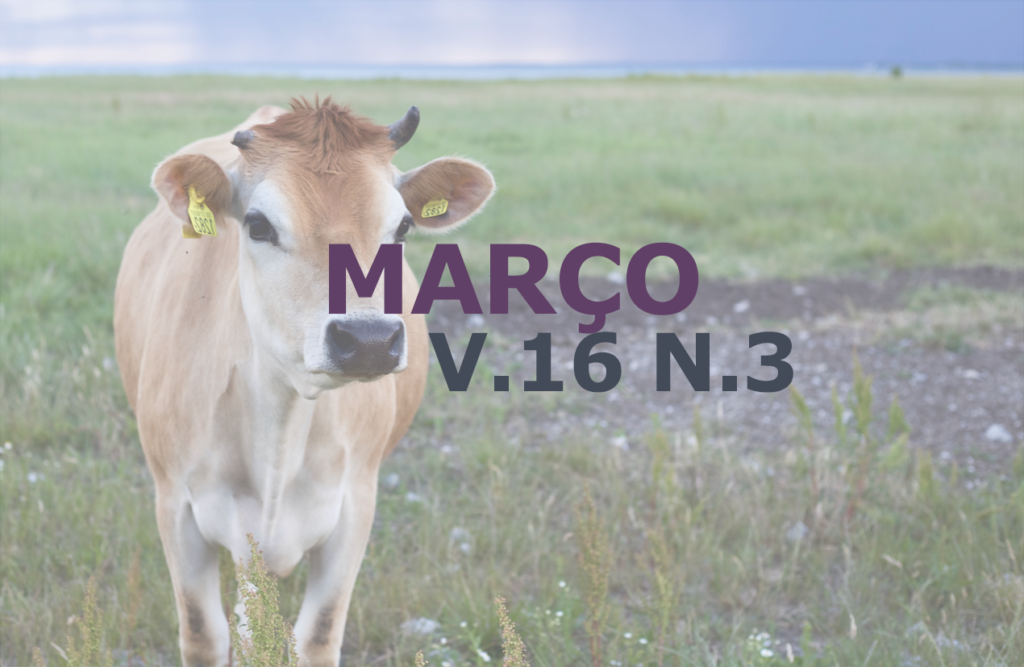Identification and morphological differentiation of microfilariae in dog blood no Espírito Santo
DOI:
https://doi.org/10.31533/pubvet.v16n03a1075.1-6Keywords:
Acanthocheilonema reconditum, Dirofilaria immitis, knott, morphometryAbstract
The filariasis are helminths that are common in domestic dogs but may also occur in cats, horses and some wild animals. The species involved with the parasitism bring the host to a case of microfilaremia, producing microfilariae that are very similar to each other, which makes the diagnosis difficult. This work aimed to clarify the morphologic differences between the microfilariae of the main filarial worms in dogs, specially Dirofilaria immitis e Acanthocheilonema reconditum. For the study, blood samples of dogs in Espírito Santo were collected by veterinarian laboratories previously diagnosed as positive using blood smear, and forwarded to the Parasitology Lab of the Veterinary Hospital of the Federal University of Espírito Santo. The samples were submitted to modified Knott test and analyzed on slide under optical microscope for morphometric characterization, based on its main morphological characteristics from head and tail and subsequent differentiation of the microfilaria species found. Seventy-two samples were analyzed, being 69.44% represented infection by D. immitis and 15.27% by A. reconditum, from which 12.5% were infected by both species. There was no evidence that would suggest other species of filarial worms.
Downloads
Published
Issue
Section
License
Copyright (c) 2022 Stéfani Cosme Peroba, Natânia do Carmo Sperandio, Isabella Vilhena Freire Martins

This work is licensed under a Creative Commons Attribution 4.0 International License.
Você tem o direito de:
Compartilhar — copiar e redistribuir o material em qualquer suporte ou formato
Adaptar — remixar, transformar, e criar a partir do material para qualquer fim, mesmo que comercial.
O licenciante não pode revogar estes direitos desde que você respeite os termos da licença. De acordo com os termos seguintes:
Atribuição
— Você deve dar o crédito apropriado, prover um link para a licença e indicar se mudanças foram feitas. Você deve fazê-lo em qualquer circunstância razoável, mas de nenhuma maneira que sugira que o licenciante apoia você ou o seu uso. Sem restrições adicionais
— Você não pode aplicar termos jurídicos ou medidas de caráter tecnológico que restrinjam legalmente outros de fazerem algo que a licença permita.





